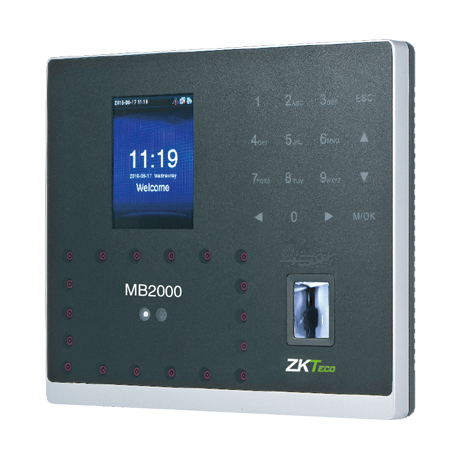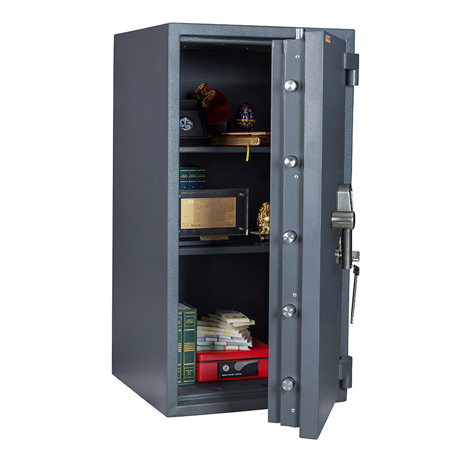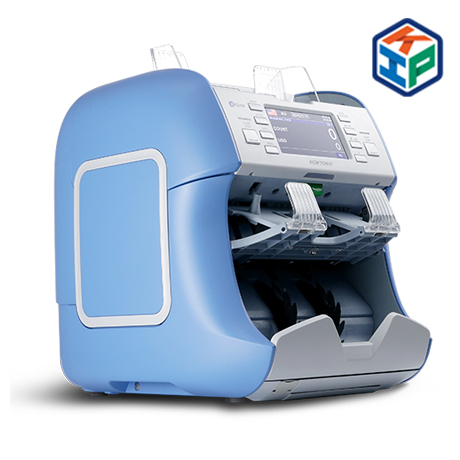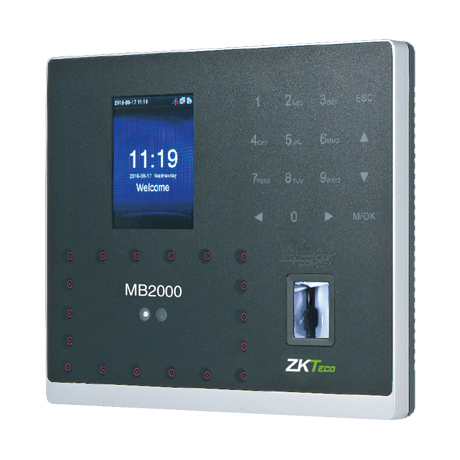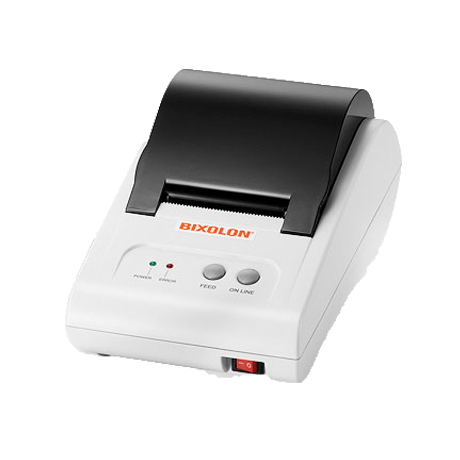In today’s digital world, everyone strives to thrive in a safe and secure environment. It is inevitable for every business organization to make sure they are protected from any unauthorized access. Protecting invaluable assets has become the prime agenda for many companies nowadays. Biometrics access control systems have emerged as top-notch security features to ensure prime protection in this modern times.
We are the prime distributors of biometrics access control systems in Saudi Arabia. And we are here for the cause of prime protection for everyone. In this blog, we shall discuss the commonly used biometrics for access control.
Here are the biometrics that is most commonly used for access control:
Facial recognition
Face recognition has gained a lot of popularity recently during the pandemic. In airports, for example, airline companies are using this biometric as a way to quickly and conveniently identify travelers, reducing lines and allowing them to board more quickly.
This technology has, however, raised privacy concerns. A person’s facial recognition can be captured from a distance, unlike other biometrics. The biometric access control system has nowadays started to rely upon this technology because of the new norms.
Pros:
Convenience
Since facial recognition doesn’t require any action on the part of the user, biometrics are probably the easiest to use. Users can unlock their smartphones by simply looking at them, for example, on the latest smartphone models.
Cons:
Privacy Risks
Due to its ability to be captured from a distance, facial recognition creates potential privacy and legal risks.
When it’s used on personal devices like smartphones, the biometric data remains on the device. In public, facial recognition creates serious privacy concerns when used to identify people automatically.
Less Accurate
Facial recognition has the highest False Acceptance Rate (FAR) and False Rejection Rate (FRR) of any biometric. This is because it
1). In comparison to other biometrics, FR measures fewer data points.
2). False negatives are more likely to occur when changes in appearance are made (for example, facial hair, glasses, makeup, etc.).
Palm Vein
The palm vein is a relatively new biometric that works by using infrared light to map the unique vein pattern of the palm. Its internal nature gives it several unique advantages that make it ideal for access control applications, unlike other biometrics.
Biometric access control systems in Saudi have now started to rely on this kind of biometrics too.
Pros:
Best-in-Class Security
We know how hard reverse engineering could be, thus, arguably we can conclude the palm vein is the most secure biometric. In this case, spoofing the scanner will be extremely difficult as the biometric pattern is never exposed to the world.
Even if someone were to somehow access your palm-vein pattern and recreate it perfectly, they fail to fool the scanner. Simply because blood flow is required to fool a scanner.
Accuracy
In comparison with fingerprints, palm-vein biometrics capture more data points than any other biometric due to their large surface area (the entire palm, not just a fingerprint).
As such, the palm vein has the lowest False Acceptance Rate (FAR) and False Rejection Rate (FRR) of any biometric.
Privacy-by-Design
A palm vein records an internal rather than an external biometric. Palm veins cannot be captured without the user’s direct interaction with the scanner, unlike facial recognition (which is captured without consent from a distance).
This is why the palm vein is uniquely privacy-by-design.
This makes it a more trustworthy choice for users, while also making it easier for companies that use it to gain compliance with privacy regulations around the world (such as the GDPR).
Cons:
Potentially reduced accuracy in cold weather
Despite not having been demonstrated in real-world scenarios, cold weather could theoretically reduce scan effectiveness by restricting blood flow.
Fingerprint
A fingerprint is probably the first thing that comes to mind when most people hear the word “biometrics.”
The fingerprint is an old, time-tested biometric. As early as the Chinese used fingerprints to authenticate government documents, and as early as the Babylonians used fingerprints to sign documents.
There is a wide variety of purposes for fingerprint biometrics. From investigation to unlocking devices and authenticating payments. Even though the touchless point is prominent, the biometric attendance systems in Saudi rely upon fingerprints.
Pros:
Relatively cheap
While price can vary significantly depending on the type of scanner, the fingerprint is generally a very cost-efficient technology. Due to its suitability for mass production, it is a popular biometric choice in almost all modern smartphones.
Well-known
Fingerprint’s popularity as a biometric means that most people are already familiar with them, reducing the need to educate or train people on how to use them.
Cons:
Susceptible tower & tear
The fingerprint is more susceptible to wear and damage than any other biometric. Scars, cuts, and abrasions can significantly alter fingerprints, making fingerprint scanners unable to identify previously enrolled individuals.
Less Sanitary
Of all the biometrics mentioned here, the fingerprint is the only one that requires physical contact with the device. In restaurants, food manufacturing facilities, and hospitals, it is less suitable for applications requiring top-notch hygiene.
Sensitive to being collected and replicated by third parties
Because we leave our fingerprints on everything we touch, they are vulnerable to being collected by third parties. In addition to 3D printing, they can also be forgeries once they have been collected. As a result, less-advanced scanners may be spoofable.
Iris scan
Iris biometrics is a natural choice due to its unique, highly detailed pattern.
Iris scanners use infrared light and high-resolution cameras to create a detailed map of the iris, and then convert this information into a template that becomes a person’s biometric ID.
These kinds of access control systems in Saudi Arabia are gaining traction nowadays.
Pros:
Stable
Throughout one’s lifetime, one’s iris patterns remain the same, making them an extremely stable option.
Accurate
A retinal scanner can capture a high number of data points due to its rich level of detail, making it a highly accurate biometric. Scanners that scan both eyes are more accurate.
Cons:
Can be captured from a distance
In a modern iris scanner, a person’s iris biometrics can be captured from over 40 yards away, creating similar privacy concerns to facial recognition technology.
Conclusion
However, not all biometrics are equal. In addition to reducing costs and increasing convenience, virtually all biometric technologies will provide a major upgrade to traditional keycards, fobs, passwords, or PINs. Reach us for the best options in biometric access control systems in Saudi.


